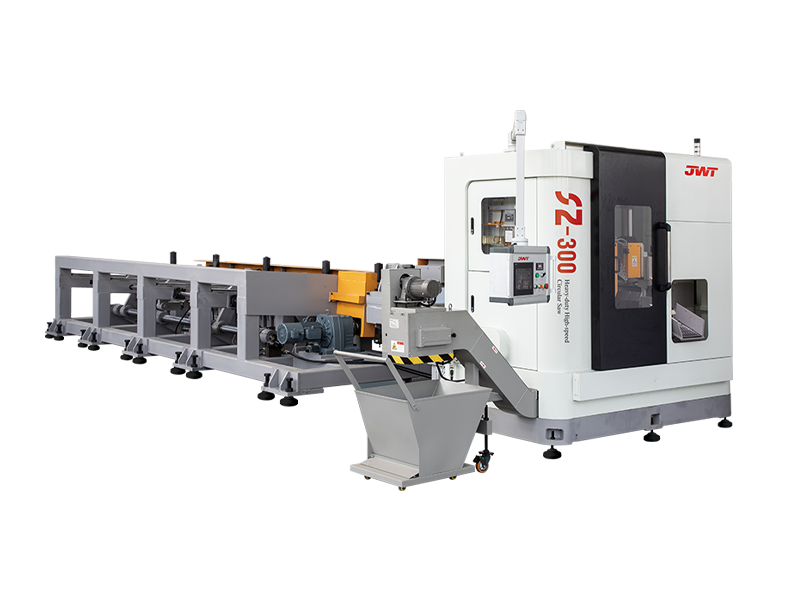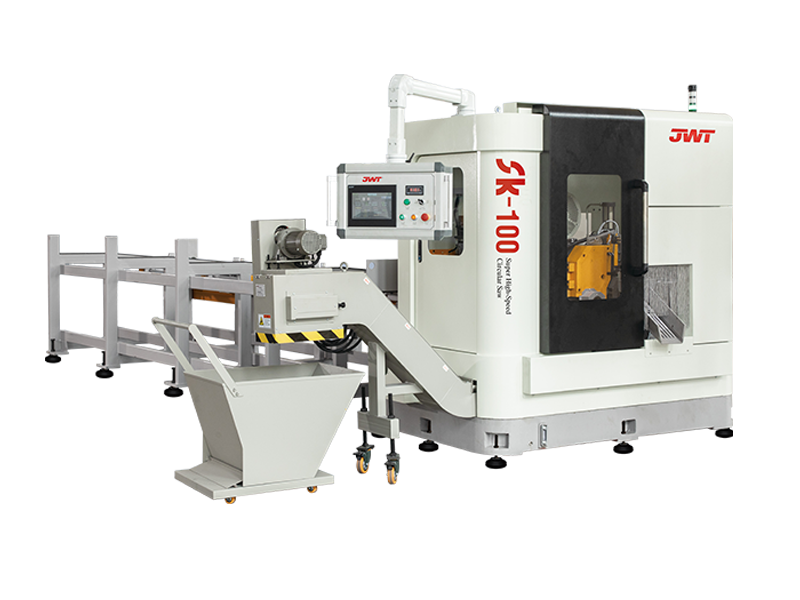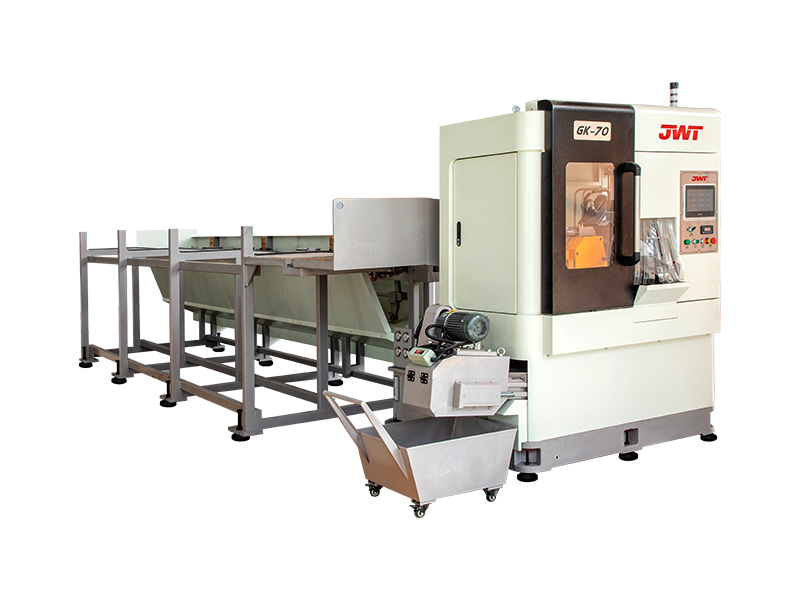The Indispensable Circular Saw: A Powerhouse in Precision Cutting
The circular saw, a ubiquitous tool in workshops and construction sites worldwide, stands as a testament to efficient and precise cutting. Often referred to interchangeably as a skil saw (a nod to the brand that popularized it) or a rotary saw, this handheld or table-mounted power tool utilizes a toothed, rotating disc blade to slice through a vast array of materials with speed and accuracy. From framing a house to crafting fine furniture, the versatility of the circular saw makes it an indispensable asset for both professional tradespeople and enthusiastic DIYers.
Anatomy of a Cutting Machine
At its core, a circular saw consists of several key components working in concert. The motor drives the arbor, to which the circular blade is attached. A shoe or base plate provides stability and guides the saw along the workpiece, while a depth adjustment mechanism allows users to control the cutting depth. Most models also feature a bevel adjustment for angled cuts, expanding their utility significantly. Safety features, such as blade guards and electric brakes, are also crucial elements, ensuring user protection during operation.
A Spectrum of Applications
The primary function of a circular saw is to make straight, precise cuts. It excels at cross-cutting (cutting across the grain of wood) and rip-cutting (cutting with the grain). However, its capabilities extend far beyond basic cuts. With the right blade, a circular saw can effortlessly cut through:
-
Wood: From plywood and MDF to hardwoods and lumber, wood is the most common material cut with a circular saw.
-
Plastics: Various types of plastic sheeting can be cut cleanly with appropriate blades.
-
Metals: Specialized abrasive or carbide-tipped blades allow for cutting through thin metals like aluminum and steel.
-
Masonry: Diamond blades enable the cutting of concrete, tiles, and bricks, transforming the tool into a powerful masonry saw.
The ability to adjust cutting depth and angle also makes it ideal for tasks like dado cuts, notching, and even plunge cuts with certain techniques.
Choosing the Right Saw and Blade
Selecting the right circular saw depends largely on the intended use. Corded models offer consistent power for heavy-duty tasks, while cordless circular saws provide unmatched portability and convenience for jobs where power outlets are scarce. Blade selection is equally critical. Different blade types are designed for specific materials and cut qualities:
-
Rip blades have fewer, larger teeth for fast, efficient cuts along the grain.
-
Crosscut blades feature more teeth for smoother cuts across the grain.
-
Combination blades offer a balance of both for general-purpose cutting.
-
Specialized blades for metal, masonry, or laminate ensure optimal performance and safety for those materials.
Understanding tooth count, kerf (the width of the cut), and hook angle are all vital for achieving desired results and maximizing blade life.
Mastering the Technique
Safe and effective operation of a circular saw requires proper technique. Always ensure the workpiece is securely clamped, and wear appropriate personal protective equipment, including safety glasses and hearing protection. Maintaining a firm grip, allowing the saw to reach full speed before engaging the material, and maintaining a consistent feed rate are key to achieving clean, accurate cuts and preventing kickback. Regular maintenance, such as keeping the blade sharp and the saw clean, will also prolong the tool's lifespan and ensure optimal performance.
Whether you're a seasoned carpenter tackling a complex project or a homeowner embarking on a weekend DIY endeavor, the circular saw, or power saw as it's sometimes broadly called, remains an indispensable tool. Its power, precision, and adaptability continue to make it a cornerstone of efficient cutting in countless applications.



 中文简体
中文简体 русский
русский







